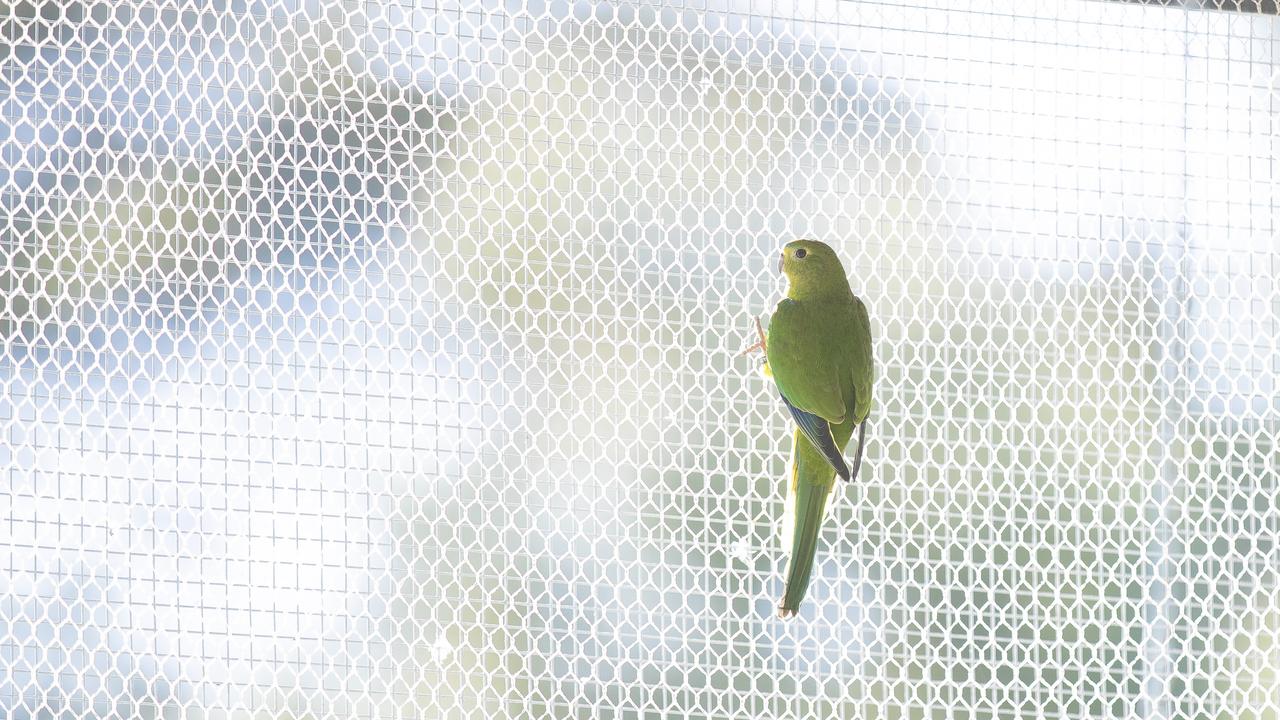Back from the brink: The program saving orange bellied parrots from extinction
50 years ago, the orange bellied parrot population catastrophically crashed. Thanks to a breeding program, things are looking up for the bird. Discover how many have returned to Tasmania this season.

A Tasmanian bird expert says the government’s orange bellied parrot breeding program could bring the species back from the brink of extinction, after a record number of the birds returned to Melaleuca.
This season, there were 74 of the parrots sighted at the small remote area in the Southwest National Park, an increase of four birds from last season.

Eric Woehler said the birds were critically endangered because of their small population and restricted breeding.
“The population has crashed catastrophically in the last 50 years,” Dr Woehler said.
“Five or so years ago there were only four females sighted at Melaleuca … if you’ve only got four females you can only have four breeding pairs.”

The orange bellied parrot breeding season has begun and in January, volunteers will begin monitoring nests at Melaleuca
Captive bred breeding programs will also be underway at the state’s government’s facility in Five Mile Beach.
“The strategy has been to supplement the natural population in the wild to join the breeding population at melaleuca,” Dr Woehler said.
“They breed well in captivity.”
Dr Woehler said the program appeared to be working.
“In the absence of captive bred birds, the species would be much closer to extinction,” he said.
“We know that the strategy is working because the numbers of bird a Melaleuca has increased.
“The breeding efforts and the monitoring at Melaleuca have saved the species from extinction, the population in increasing year after year.”

Dr Woehler said the birds bred in captivity were slightly different.
“We do know from research published a few months back that captive bred birds are slightly different to their wing shape and structure,” Dr Woehler said.
“So they are significantly less successful in migrating between Tasmania and the mainland.
“This can be overcome by releasing more captive bred birds into the population.”
26 new captive bred birds were released in to the wild in spring.
There were 74 birds which returned from the mainland, 30 of which were captive bred.
It’s eight time the number of captive bred birds which returned the previous year.





